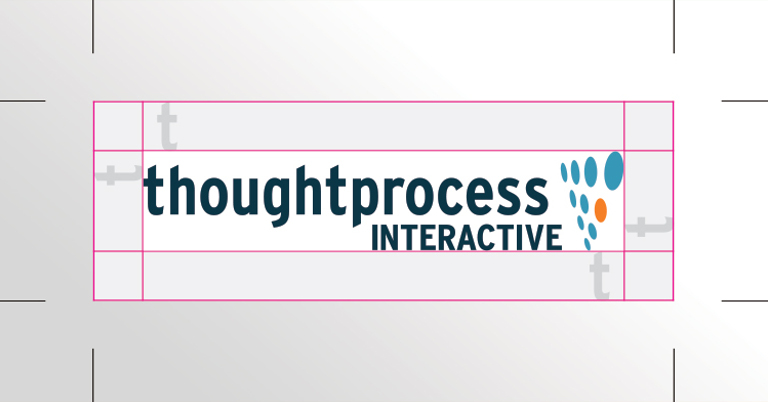Your brand reflects who you are and immediately conveys your message to your audience. It likely took a lot of time and effort to develop this brand, and it’s crucial to ensure brand consistency and recognition over time. So in order to protect your brand, you must establish a standard in the form of a brand style guide.
What is the purpose of a brand style guide?
A brand style guide defines the primary brand elements and illustrates how they should be utilized across all marketing mediums. You must set rules that everyone abides by. This criterion is not meant to restrict creativity but to provide a reference regardless of where the material will be used and who creates it. The brand style guide explains how all of your brand elements work together to mold your brand identity and effectively communicate your brand in a consistent manner.
OK, so what should I include in my brand style guide?
The elements in brand guidelines depend on the elements that make up your brand. However, the brand style guide should clearly define the three primary elements of a brand: logo, color, and typography.
3 Components of a Successful Brand Style Guide:
- Logo. Define primary and secondary logos, sizing, placement, and spacing. Include examples of how not to use the logos. This is useful in maintaining how the logo should look across all mediums.
- Color Palette. Establish the color format for Pantone, CMYK, RGB, and hex codes. Defining the color specifics of your brand will give you control on various printing processes and devices. (This tool can help convert to some of those formats.)
- Typography. Typefaces are available in multiple weights and styles. They aid in the style and voice of your brand. Defining which typefaces to use clarifies how your materials will look. (And a lot more goes into choosing a font for your logo than you might think.)
Any other tips for my brand style guide?
The format of a brand style guide can be flexible, but a successful one is:
- Available. Simply having a guide—even a very basic one—ensures consistency across mediums. If you don’t know where to start, begin by gathering the elements you do have and build from there.
- In PDF format. Saving the document as a PDF ensures that as it gets passed around the office, no changes are made to it.
- Detailed. The more specific, the better. This will avoid confusion as varies parties use it.
It’s never too late to create your brand’s identity guidelines. Such a guide is the key to consistency, which is the secret to building and maintaining a powerful brand.
